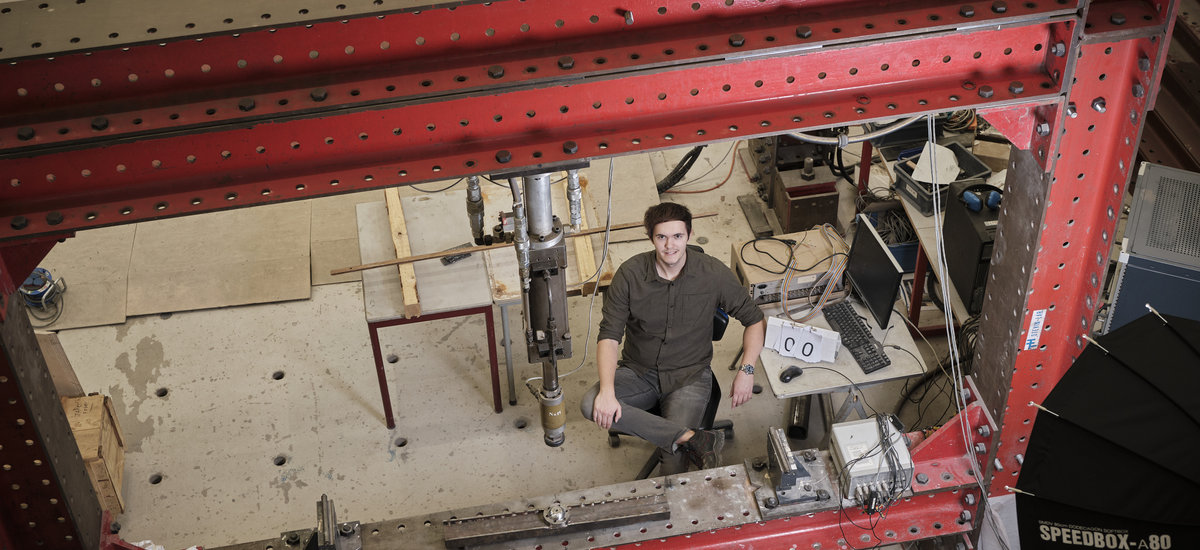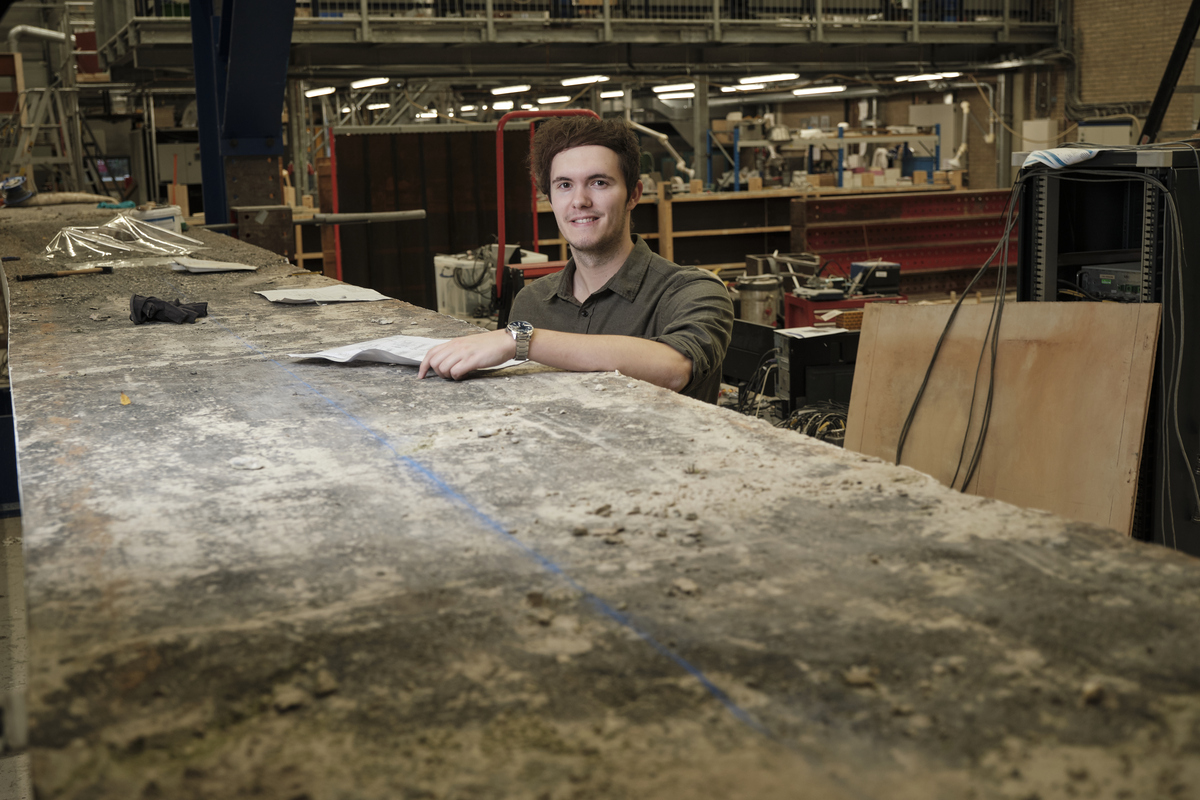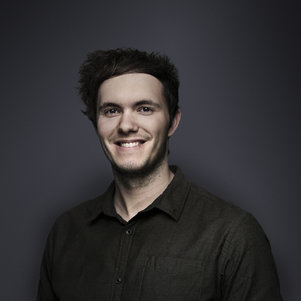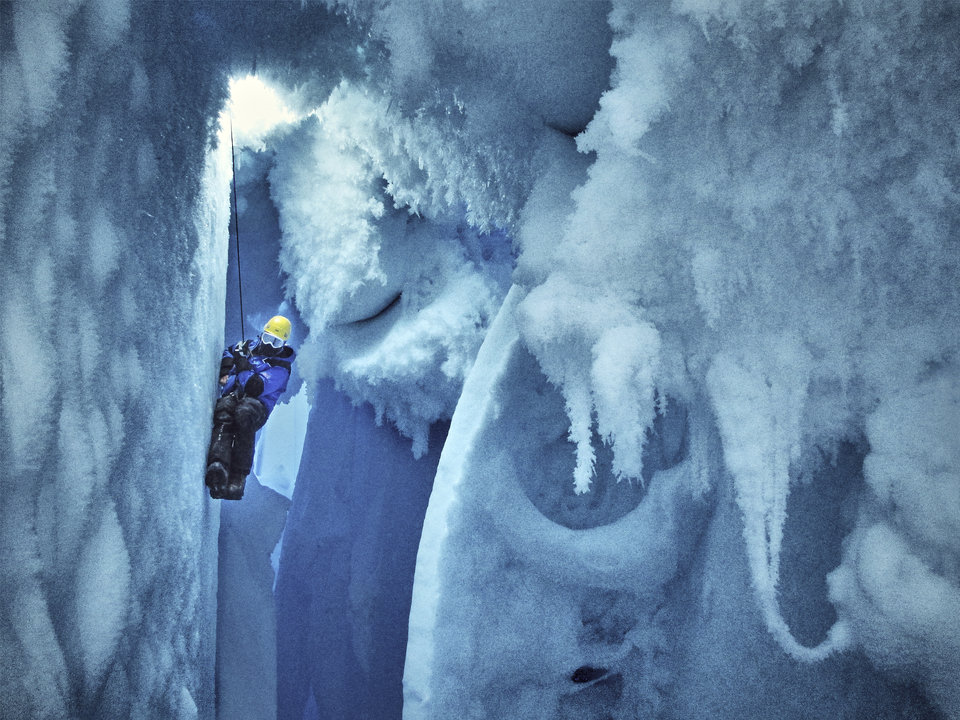Houses damaged by earthquakes in Groningen, poorly maintained bridges, existing buildings subsiding when tunnels are dug underneath them: cracking concrete and masonry is a topical issue. Djonno Bresser completed his studies by devising a method to improve understanding of this phenomenon and predict it by means of models. He was awarded the TU Delft Best Graduate Award 2019 for his work.
Djonno Bresser describes himself as a typical scientist: “I actually knew that I wanted to study engineering from an early age. Maths and physics were my absolute favourite subjects and civil engineering is the perfect combination of the two in practice,” he said. “I find it fascinating that you can create a construction from relatively simple laws of maths and physics.” He was referring to such matters as calculating beams. “In the first year of mechanics, you learn how determine the behaviour of simple beams. In the end, no matter how complex buildings are, it often comes down to simple beams that you can calculate by hand.”
Favourite subject
He soon had a favourite subject in civil engineering too: structural mechanics. That was partly due to his lecturers, Professor Hans Welleman and Professor Jan Rots; the latter would also become his supervisor. “The way in which a lecturer draws you into a subject plays a huge role,” said Bresser. Moreover, structural mechanics is a theoretical subject and that is what Bresser believes it is all about during your studies. “The purpose of the TU is to educate you in the theory. You might not acquire much practical knowledge, but you do learn to think in a particular way in order to tackle a problem. That analytical thinking is taught especially during the Master’s programme. You can learn all the rest in practice.” Nonetheless, Bresser did acquire a dose of practical experience during his Bachelor’s degree programme: he took the minor Bend & Break, in which students get to work with basic materials such as asphalt, glass and concrete. “That was a completely different semester: I spent six months working with my hands in the lab. We made our own glass and concrete, and braided reinforced concrete,” he remembers. “And then you sometimes discovered that what you had calculated didn’t always work in practice. For example, on paper you draw reinforcement on a plane. If you then place it in a three-dimensional container for concrete to be poured over the top, it won’t fit if you haven’t aligned it all beforehand.”
As much theory as possible
Even though that was fun to do, it also convinced Bresser that he wanted to learn as much theory as possible during his Master’s programme. “The decision to go for the Master’s track in structural mechanics didn’t take long to make. I took as many theoretical subjects as I could: shell structures, plate structures, you name it,” he says. “My strategy was to make the most of my time at the TU. I wanted to find out whether I should then go on do a PhD or start working in the field.” In the end, his ambitious programme earned him 138 credits instead of the 120 credits required.
Challenging project
Even when graduating, he didn’t take the easy way out. “I asked my supervisors, Jan Rots and Max Hendriks if they could give me a challenge. If I had to work on something for eight months, I wanted to be able to get my teeth into it. Apparently, that was an unusual question,” he says. Rots and Hendriks had something special for him. Bresser: “You can simulate the formation of cracks in concrete using computer models. However, sometimes concrete splits very fast and you get little cracks all over the place in complex patterns. Current models can’t handle that very well.” Rots and Hendriks had devised an alternative concept a few years before: their sublayer model, which divided cracks like these into various parallel sublayers. “The challenge for me was to develop the concept further.”
“In the previous model, a crack could only continue in one direction, but we had seen in experiments that a crack in concrete can rotate considerably at local level,” Bresser continues. “Jan Rots’ concept divided the concrete into layers, as it were, each of which could have their own crack direction. That gives you much more realistic results than the current method.” Bresser developed the concept further: he wrote algorithms for it and compared his results with the outcomes of experiments with test beams. When there was evidence that this proof of concept was a success, he applied it to a number of case studies, including a brick façade and a concrete dam. His method will soon be integrated into DIANA, the commercial modelling programme.
Goal-oriented
Summarised like this, it sounds simple, but it did involve a lot of hard work. “At first, I spent my time studying the theoretical concepts in depth. It only started to become fun after a few months, once I started seeing test results,” says Bresser. “My thesis committee became enthusiastic too when they saw that their method worked, and maybe even better than they had thought. That’s when the enthusiasm grew on both sides. In the end, I was working 60 hours a week, but it was definitely worth it. I always want to know how things work and if I don’t understand that, I sink my teeth into it. That’s the person I am; I like to have a distinct goal. It’s also fantastic that my research has produced really tangible results that can eventually be used in practice.”
The very best
Every year, the Delft University Fund (UfD) awards a prize for the best graduate. The eight faculties in the university choose their own Best Graduate. And although the UfD emphasises that all eight finalists are winners and the crème de la crème, only one person can win the overarching prize; this time that person was Djonno Bresser. He hadn’t expected it at all: “It feels really strange to be given a title like that. I know in my heart that my work is of a high standard, but that I would be the very best...,” he says modestly. He knew that the level of the other candidates was high too. “All the projects were brilliant. I just assumed that something completely different would win. Cracks in concrete are obviously very relevant, but I thought that a topic like Artificial Intelligence would be more popular.”
The amazement can be seen on his face in the first photo taken just after the announcement. “Suddenly the spotlight was switched on and I was the winner. Now my face is on websites and leaflets and on my employer’s LinkedIn page – all very extraordinary,” he said. “The best thing is that I am getting credit for my work. One of the comments at the award ceremony was that my thesis could have been a dissertation. It developed that way during the project. When you see that something works, you become very motivated and enthusiastic and you get even more new ideas. You automatically invest more time in it.”
Structural designer
In the meantime, Bresser has started working as a structural designer at Van Rossum Raadgevende Ingenieurs B.V. in Rotterdam. “Right from the start of my graduation process, I was looking around to see what I’d like to do next. I had interviews at a number of companies and I talked to one of my supervisors who was doing a PhD at the time,” Bresser says. “For a long time I was in two minds about doing a PhD, but eventually I made a decision that was the best for me at that time: to start working in a completely different field of work. Writing a Master’s thesis is hard work and takes seven to eight months. Doing a PhD would mean that I would have to continue like that for another four years. I was ready for a new environment where I could learn totally different lessons. I can still decide to do a PhD in five or ten years’ time.”
No standard buildings
He found the challenges he was looking for at Van Rossum. “They don’t work on standard buildings, but on special projects, like a building with a railway track running through it or one that is partially above the water,” Bresser explains. After years of exams and credits, he now has completely different responsibilities as a structural engineer. “I work on gigantic projects. As an engineer, you’re naturally expected to come up with a safe design, but the financial consequences can also be huge. You don’t always stop and think about them, but if I put hundreds of piles costing 5,000 euros each under a building, that has a substantial impact. I’m not too worried about things like that yet, but that’ll probably change when I go to the building site and see the scale of my design,” he says.
“I’ve now been working here for three months and I’m still learning every day. I was thrown into the deep end and given a huge project to work on. But I suppose that’s how your employer finds out what you can do.” For a time, he was worried that he would have to ditch all his theoretical knowledge. “I was overloaded with new information at the beginning. Now I’m starting to see the big picture and fortunately it transpires that everything can still be traced back to those simple mathematical and physical concepts.”




